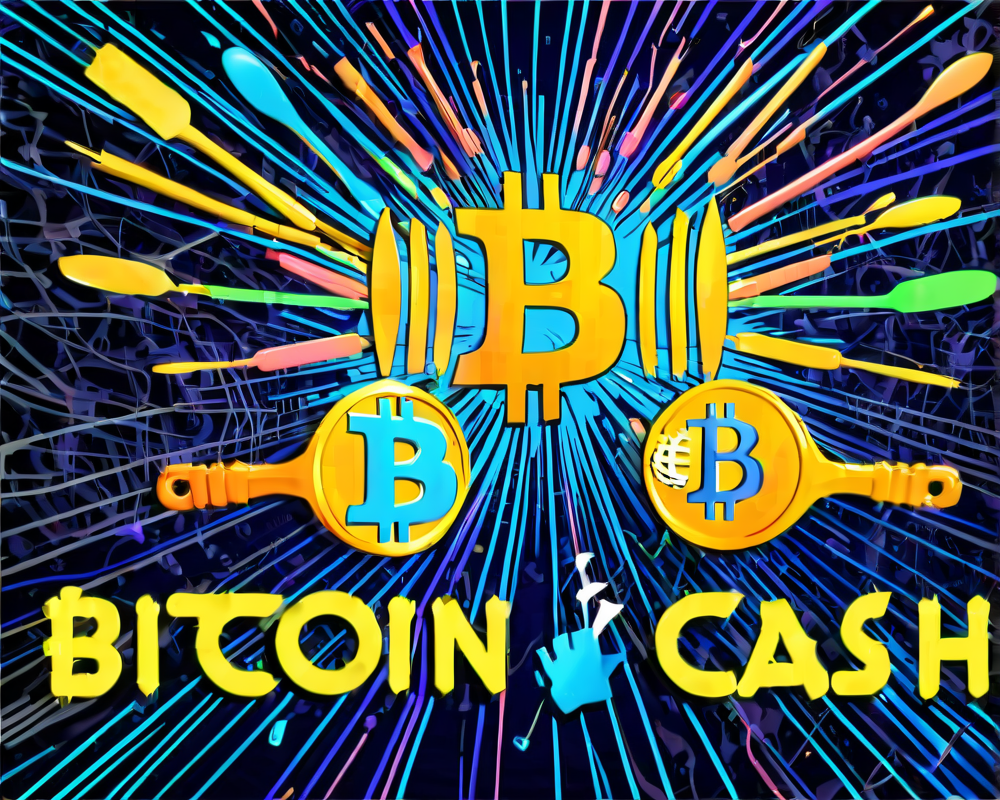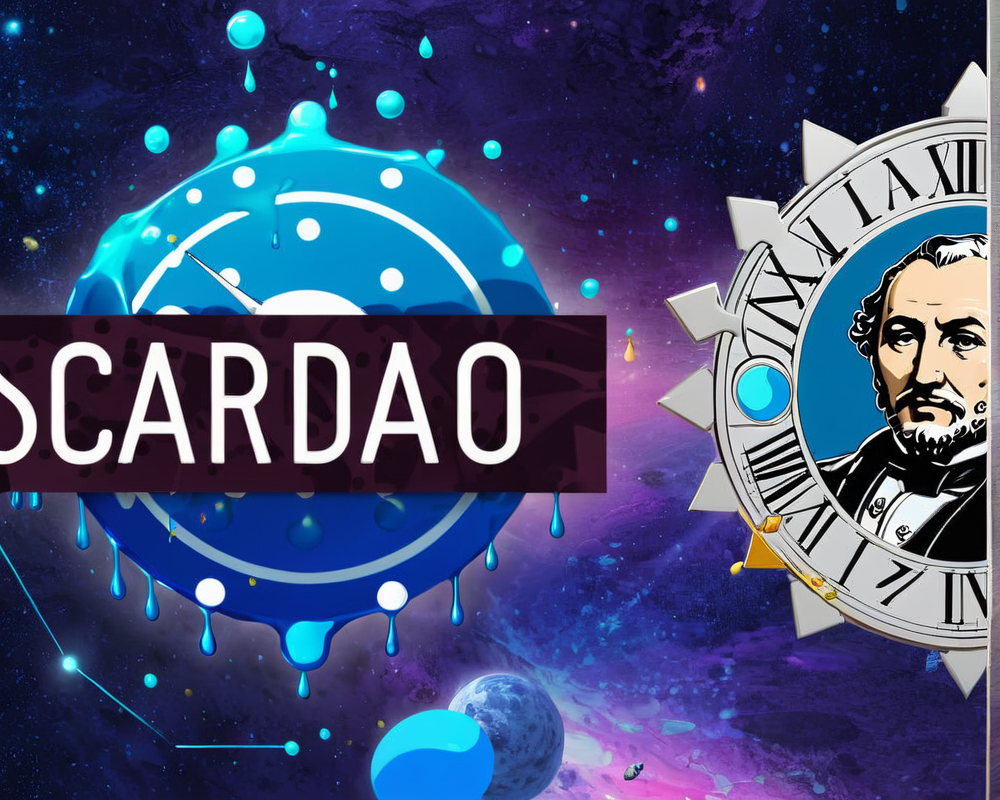The Digital Currency Roller Coaster: Bitcoin’s Wild Ride
Bitcoin and its volatile antics set the stage for the digital currency era, undoubtedly making many a crypto enthusiast’s heart race. It’s like watching a teenager on a roller coaster: exhilarating, thrilling, and sometimes, a little terrifying. Those wild price swings left users yearning for some good old-fashioned stability in their digital assets.
Stablecoins: The Calm After the Crypto Storm
Enter stablecoins, the swashbuckling heroes of the crypto frontier, offering a promise of longevity and stability. These digital tokens became the solution for anyone tired of feeling like they were one tweet away from losing their life savings. Stablecoins are diligently designed to minimize value fluctuations, ensuring they can be a reliable tool for transactions and long-term asset holding.
Types of Stablecoins: Choosing Your Fighter
Stablecoins can be categorized into two primary schools: collateralized and algorithmic. Think of them as the classic ‘Ginger or Mary Ann’ scenario:
- Collateralized Stablecoins: These are the ones backed by assets, like Tether (USDT). Every token acts like a trusty friend, each representing a real dollar held in reserve.
- Algorithmic Stablecoins: These use smart contracts and algorithms to maintain their price, like Dai (DAI). They’re more like that friend who starts a small business with an elaborate plan and no backup funds.
The Origins of the Most Popular Stablecoins
Stablecoins weren’t just born; they evolved in response to the ecosystem’s demands. Here’s a look at some of the forerunners:
- Tether (USDT) (2014): The first big player, trying to keep users calm amid Bitcoin’s antics. Despite its initial controversy, Tether remains the ‘big cheese’ of stablecoins.
- Dai (DAI) (2017): A rebel without a cause, not backed by fiat but by collateralized cryptocurrencies. If Tether is the popular kid, Dai is the artsy one always challenging norms.
- USD Coin (USDC) (2018): Born from the union of two prominent companies, USDC aimed to marry stability with usability but faced its hiccups, like a wedding cake collapsing.
- TrueUSD (TUSD) (2018): A newcomer among heavyweights, it strives to maintain integrity despite occasional bumps in the road.
The Future of Stablecoins: Evolving Yet Thriving
With regulators getting involved, stablecoins are headed for a chart-topping encore. Governments are pulling a ‘let’s get serious’ face, looking to create frameworks that maintain financial stability while encouraging innovation. This is likely to foster a blend of regulation and creativity that could shape the next generation of stablecoins.
In the end, stablecoins are likely to remain pivotal players in the cryptocurrency scene. Whether you’re a casual observer or a crypto zealot, stablecoins offer a glimpse into a potentially stable digital future without the wild ups and downs, like that smooth ride back down from the peak of the roller coaster.




